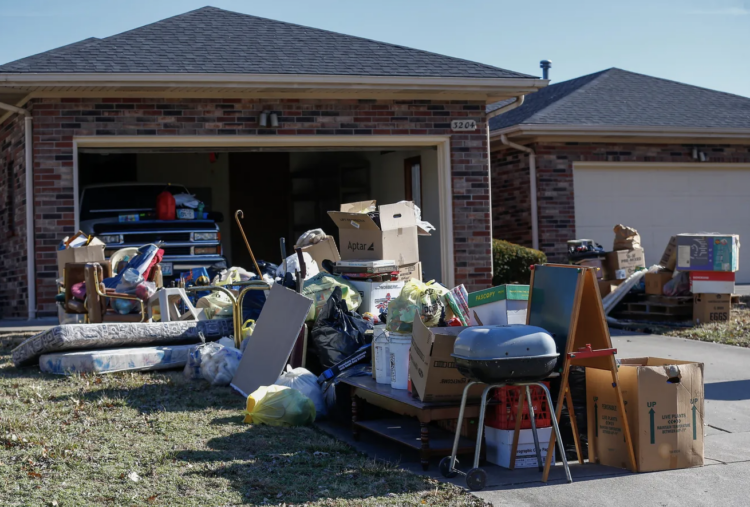Since the moratorium’s end, thousands have been evicted from their homes.
Last week, 6,851 people were put out of their homes in six states and 31 cities. Indiana has had the largest number of evictions since the pandemic began. Over 74,000 evictions were filed in the Midwestern state.
Although the rent moratorium remains in effect until January 15, New York City landlords have filed an astounding 77,384 evictions against tenants since the pandemic’s inception.
At the beginning of August, the Center for Disease Control (CDC) issued a new order extending the halting of evictions for nonpayment of rent in communities with substantial or high levels of community transmission of COVID-19. However, NPR reported that on August 24, the Supreme Court blocked Biden’s request to extend the moratorium 6-3, calling the proposal “unconstitutional.”
That action began a landslide of evictions across the country. Landlords have lined up in courthouses filing the papers necessary to evict non-rent paying tenants that were saved from eviction as their jobs disappeared during the pandemic.
Tenants that have had a reprieve from eviction are now facing the likelihood of being without a home and pursuing various rental assistance funds available. The search and application process for these funds is slow and confusing. Tenants worry that the paperwork for assistance will arrive too slow to avoid a sheriff’s order on their door.
The U.S. Treasury Department published new guidance outlining the reallocation of Emergency Rental Assistance funds. It was designed to mitigate the effects of the COVID-19 pandemic on renters and landlords, pushing state and local governments to expedite the distribution of the $46 billion in emergency rental assistance funds (ERA 1 and ERA 2). Local jurisdictions are overwhelmed responding to those facing eviction now, adding to the backlog of pending evictions that were in process as the pandemic began.
Some organizations are offering assistance to maneuver the current requirements to avoid eviction. The National Low Income Housing Coalition directs renters in need to dial 2-1-1 to connect to a local call center to access information and guidance in their community.
Some states have bypassed the nation’s moratorium to implement their own. CNBC listed various cities and states that still have protections throughout the country.
Renters in New York and New Jersey have protection until January. In New Mexico, no date has been officially set for the moratorium, so tenants are safe– for now.















